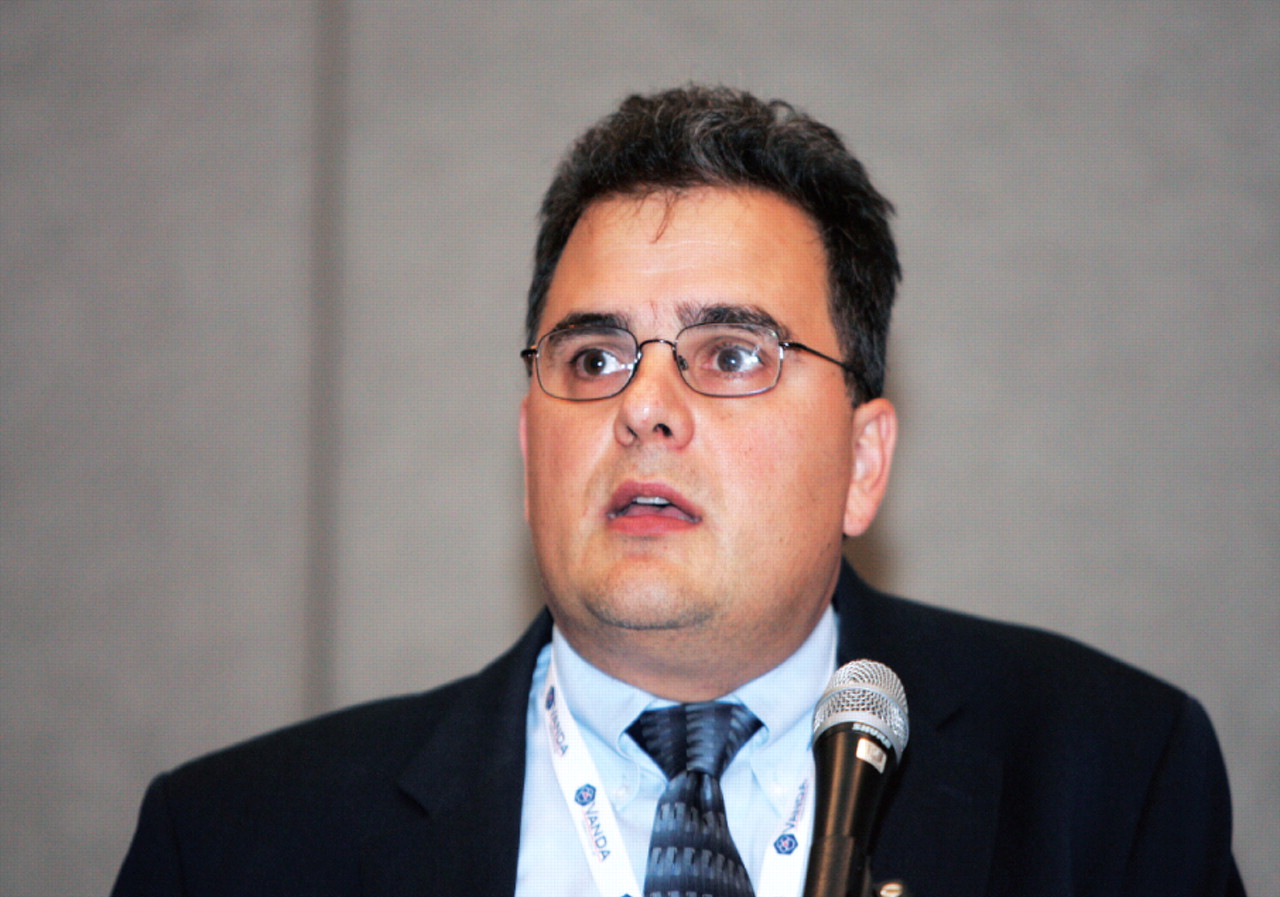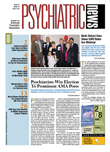As the number of elderly Americans has been rising, so has the number of them who need mental health care. These trends are occurring at the same time that the ranks of geriatric psychiatrists are thinning. These trends indicate that the large number of elderly patients already treated by general psychiatrists are sure to grow.
The long-anticipated retirement of the baby-boom generation is about to begin, and the number of elderly Americans is set to take off. The number of U.S. residents over age 65 was fewer than 35 million in 2000 but according to Census Bureau estimates that group is set to grow to more than 50 million by 2020 and 70 million by 2030.
This expanded population, while healthier and less averse to mental health and addiction care than previous generations, is expected to have significantly higher rates of illicit substance use and related mental illness, due to the rise of the drug culture in the 1960s and more sedentary lifestyles. Research indicates that 20 percent of this population will have a mental illness. The mental health care of this group will be further complicated by the higher rates of misuse of readily available pharmaceuticals.
“We're seeing more [senior citizens] taking more medications, whether or not there is something wrong with them,” said David Oslin, M.D., an assistant professor of geriatric and addiction psychiatry at the University of Pennsylvania. “There are lots of opportunities to get addicted to things in not-so-illegal ways.”
Oslin and other geriatric specialists addressed recent trends in elder care at an APA annual meeting session in San Diego in May.
They noted that although cigarettes continue to be the most widely used addictive substance late in life, an increasing number of older Americans are abusing other drugs. Drug and alcohol abuse and dependence among this population increased by 300 percent in recent years: from 0.3 percent of those over 65 in 1991-92 to 1.2 percent in 2001-02, according to a 2004 National Institutes of Health study published in Drug and Alcohol Dependence.
Although older men have a well-documented high rate of suicide, less well known is that heavy drinking among this population is more closely linked to suicide than is depression. A 1998 study found depression caused a 5.8-fold increase in the risk of suicide, compared with death by other causes, while heavy drinking caused an 8.9-fold increase. Even moderate drinking caused a 10.6-fold increase in death by suicide, compared with other causes.
Research also indicates that many members of the baby-boom generation will enter later life with a history of alcohol or drug abuse. Baby-boomers are also expected to have a fivefold increase in late-life mental illness compared with the generation that is currently over age 65, such as Alzheimer's disease and other dementia, due in large part to longer life expectancies.
These population and mental illness trends have been matched in recent years by a decline in the number of psychiatrists focused on this population. The number of U.S. psychiatrists who have completed clinical training in geriatric psychiatry programs accredited by the Accreditation Council for Graduate Medical Education has shrunk from 2,600 in 2001 to 2,141 in 2005, said Paul Kirwin, M.D., an assistant professor of psychiatry at Yale University. The downward trend has already resulted in a shortfall of about 5,000 geriatric psychiatrists needed to meet current demand.
Kirwin estimated that based on the number of geriatric psychiatrists in training and coming to this country to practice, the workforce should recover to about 2,640 by 2030, but a growing number of patients would leave a ratio of 1 geriatric psychiatrist for every 5,682 older patients with a mental disorder.
Although there are increasing numbers of first-year residents going into geriatric psychiatry, Kirwin said, growth in the subspecialty is limited, in part by a lack of resident funding and the need for programs to pay an attending-level salary. Further disincentive is created by the low Medicare reimbursement rates and lack of mental health parity in Medicare.
“Already the bulk of the work is being done by general psychiatrists,” Kirwin said.
Reasons for Hope Exist
Although the challenges to get adequate care to this large and growing population are significant, there are reasons for optimism. The expanding array of treatments available for addictions and age-related mental illnesses mean a greater array of psychiatrists and physicians can successfully treat these patients.
“No longer do you have to be a subspecialist to provide addiction care,” Oslin said. “All clinicians can play a role in treatment success, not just addiction specialists.”
Care for addictions has expanded from 12-step, group-oriented treatment to include medication, psychotherapy, brief interventions, and mutual self-help programs. The multiple treatment options allow for stepped care and matching treatments to individual preferences, said Oslin.
Recent research has found brief interventions are particularly effective decreasing alcohol use for 12 months, with an accompanying decrease in use of emergency rooms and clinics. Other research has found FDA-approved naltrexone is particularly effective in preventing alcohol-use relapses among patients over age 59.
“Older patients do very well in treatment,” Oslin noted.“ Age is a better predictor than any other factor for success.”
Facing the Biggest Challenge
The biggest challenge for clinicians who treat older addicted patients is simply convincing them to seek treatment. However, the research contradicts the popular notion that older people don't want to stop drinking or smoking, and instead found that those who make it into care respond very well to treatment.
Oslin said that recent research also has found that concurrent alcohol use and depression may occur more frequently late in life. A study published in the June 2005 American Journal of Geriatric Psychiatry found that combined treatment with naltrexone and sertraline resulted in 42 percent of patients having successful outcomes in both areas, while only 23 percent both relapsed into alcohol use and had continued depression.
Older adults have characteristics that make successful treatment more likely, such as a greater willingness to adhere to a treatment regimen than younger adults do, Oslin said. ▪

